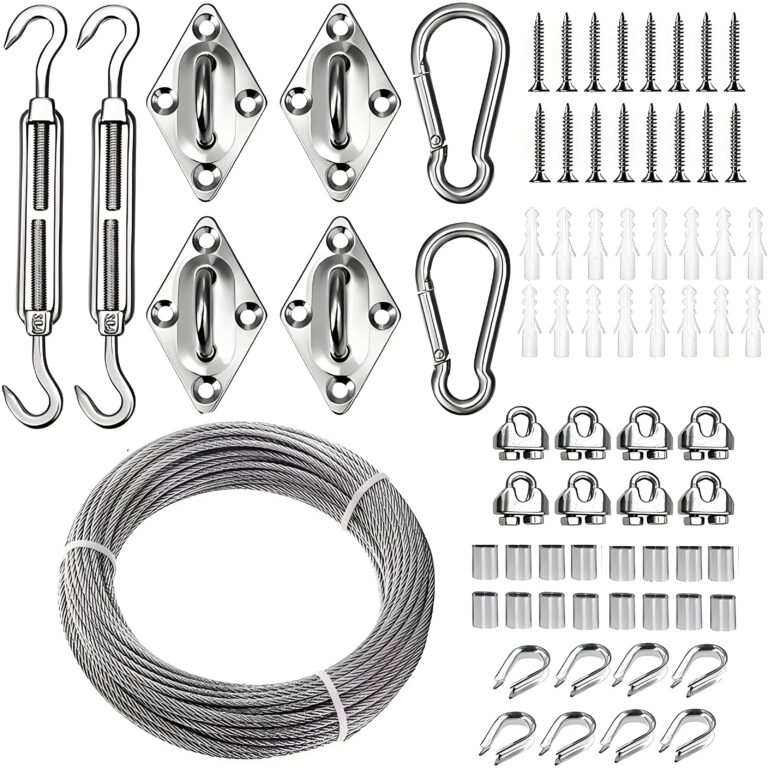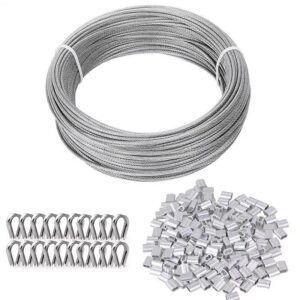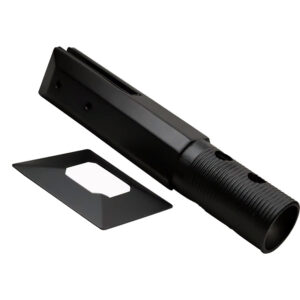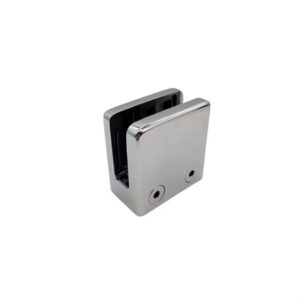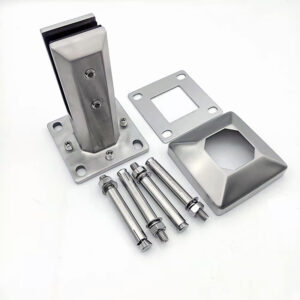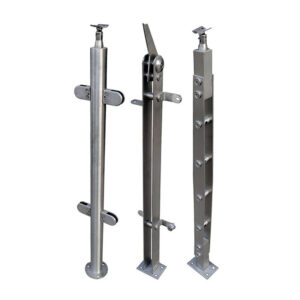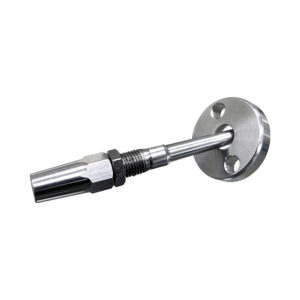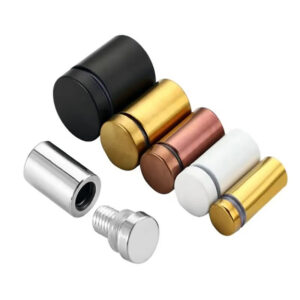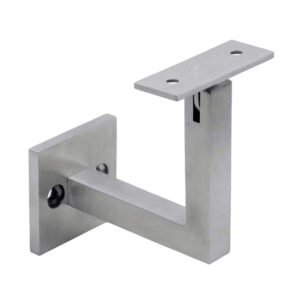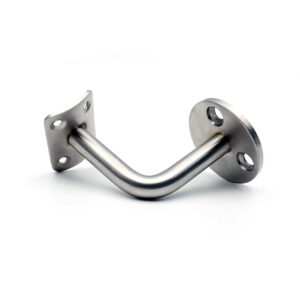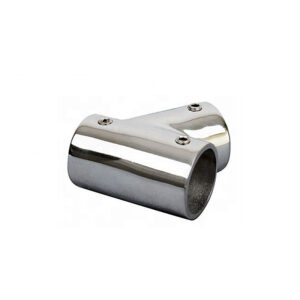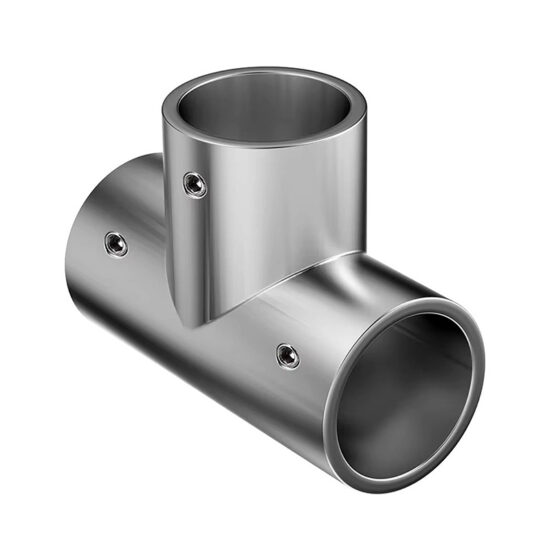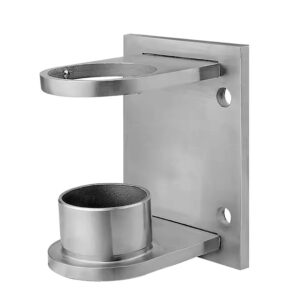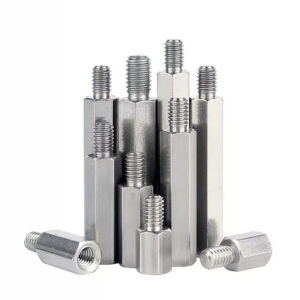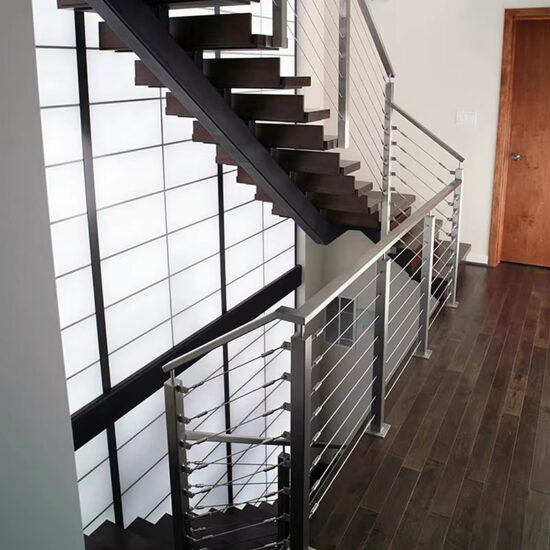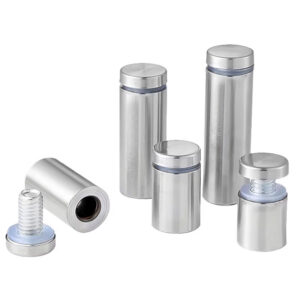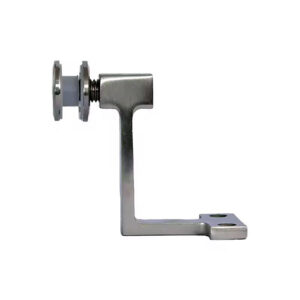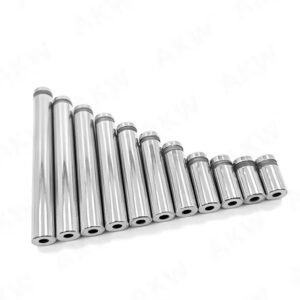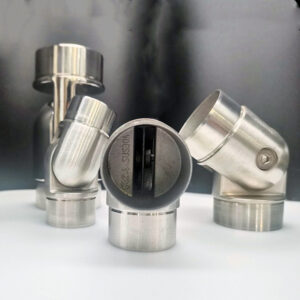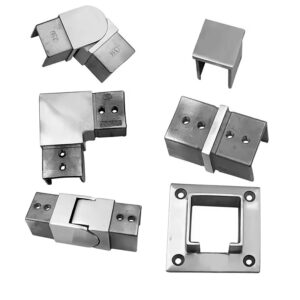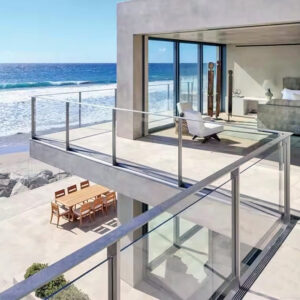Finding reliable railing systems shouldn’t be a guessing game. After 23 years in stainless steel manufacturing, we’ve learned that contractors need complete solutions—not scattered components that may or may not work together. Cable assembly hardware kits solve the coordination problem by delivering integrated systems with proven compatibility, faster installation times, and predictable performance. When your project timeline and reputation are on the line, standardized hardware packages eliminate the unknown variables that derail schedules and budgets.
Complete Hardware Systems That Work Together
Handrail Component Integration
Modern cable assembly hardware kits include wall-mounted brackets, post connections, and continuous rail systems designed for seamless integration. Standard mounting configurations accommodate 1.5″ to 2″ diameter handrails with adjustable brackets for uneven surfaces. Marine grade cable assembly ODM solutions extend these systems to coastal environments where salt air demands 316L stainless construction.
Cable Railing Hardware Packages
Cable hardware kit fabrication 316L includes tensioning systems, end fittings, intermediate supports, and through-post hardware. Pre-engineered cable spacing ensures code compliance while modular components reduce field assembly time by up to 35%. Cable assemblies use 1/8″ or 3/16″ stainless cable with swage fittings rated for 500+ pounds working load.
Glass Panel Support Systems
Commercial cable hardware packages often combine cable and glass elements for mixed-material designs. Glass clamps, spigots, and base shoes integrate with cable hardware through common mounting points. This approach reduces installation complexity while maintaining design flexibility across different building sections.
Post and Mounting Solutions
Precision cable assembly systems require stable anchor points. Standard post configurations include surface-mount, core-drill, and side-mount options with engineered connection hardware. Posts range from 2″ to 4″ diameter with wall thickness specifications meeting structural requirements for various applications.
| Component Category | Material Options | Load Rating | Installation Time |
|---|---|---|---|
| Cable Hardware | 304/316 Stainless | 100-500 lbs | 15-30 min/bay |
| Post Systems | 304/316 Stainless | 200-1000 lbs | 20-45 min/post |
| Glass Hardware | 316 Stainless | 150-750 lbs | 25-40 min/panel |
| Handrail Brackets | 304 Stainless | 250-400 lbs | 10-20 min/bracket |
▶ Get Complete System Specifications ◀
Material Selection and Performance Standards
Stainless Steel Grade Applications
304 stainless works effectively for interior and most exterior applications with standard atmospheric exposure. 316L stainless provides enhanced corrosion resistance for marine environments, chemical exposure, and high-humidity conditions. Custom cable kit manufacturing often specifies 316L for projects within 5 miles of saltwater or industrial facilities.
Surface Treatment Options
Brushed finish (320 grit) offers durability with reduced maintenance for high-traffic areas. Mirror polish provides architectural appeal but requires more frequent cleaning. Mill finish delivers cost efficiency for industrial applications where appearance is secondary to function.
Load and Safety Specifications
Cable systems typically handle 50-100 pounds per linear foot distributed load with safety factors meeting IBC requirements. Glass panels support 50 pounds per square foot uniform load with impact resistance per ASTM standards. All hardware includes test certifications and engineering data for code compliance documentation.
| Material Grade | Tensile Strength | Corrosion Rating | Cost Factor | Best Applications |
|---|---|---|---|---|
| 304 Stainless | 75,000 psi | Standard | 1.0x | Interior, standard exterior |
| 316 Stainless | 80,000 psi | Enhanced | 1.3x | Marine, industrial, pool areas |
| 316L Stainless | 75,000 psi | Superior | 1.4x | Coastal, chemical, high-humidity |
Real-World Applications and Performance Data
Residential Multi-Unit Projects
Cable assembly hardware kits streamline balcony and stair railing installation across multiple identical units. Standardized components reduce inventory complexity while consistent specifications simplify inspection and maintenance. Recent 240-unit apartment complex saw 40% reduction in railing installation time compared to custom fabrication approach.
“Modular railing systems cut our installation schedule by three weeks on large residential projects.” —Multi-Family Construction Association
Commercial and Office Buildings
Office buildings require railing systems that balance safety, aesthetics, and maintenance efficiency. Commercial cable hardware packages provide code-compliant solutions with minimal ongoing maintenance requirements. Glass and cable combinations offer transparency while meeting fall protection requirements for mezzanines and atrium areas.
Industrial and Manufacturing Facilities
Industrial environments demand robust cable assembly systems that withstand heavy use and environmental challenges. Precision cable assembly systems handle platform access, equipment guards, and walkway protection with minimal maintenance interruption to operations. 316 stainless construction provides 15-20 year service life in most industrial environments.
Marine and Coastal Applications
Marine grade cable assembly ODM solutions address the unique challenges of salt air, high winds, and temperature cycling. 316L stainless components resist pitting and crevice corrosion while maintaining structural integrity. Coastal resort project with 500 linear feet of cable railing shows minimal corrosion after 8 years of direct ocean exposure.
| Application Type | Typical Components | Installation Duration | Maintenance Frequency |
|---|---|---|---|
| Residential Deck | Cable, posts, handrails | 1-2 days | Annual inspection |
| Commercial Atrium | Glass, cable, brackets | 3-5 days | Quarterly cleaning |
| Industrial Platform | Heavy-duty cable, posts | 2-4 days | Semi-annual check |
| Marine Facility | 316L all components | 2-3 days | Quarterly inspection |
▶ Discuss Your Specific Project Requirements ◀
Installation Support and System Integration
Pre-Installation Planning
Complete cable assembly hardware kits include detailed installation drawings with connection details, spacing requirements, and fastener specifications. Standard configurations reduce field decision-making while engineered connection points ensure structural adequacy. Installation guides include tool lists, sequence recommendations, and quality checkpoints.
Field Assembly Efficiency
Modular components minimize on-site fabrication requirements. Pre-cut cables with installed fittings eliminate field swaging operations. Standard bracket configurations fit common construction dimensions while adjustable hardware accommodates normal construction tolerances.
Quality Control and Testing
Manufacturing precision ensures component compatibility and fit-up accuracy. All structural elements include material certifications and load test documentation. Cable assemblies undergo proof-load testing before shipment to verify fitting integrity and cable specifications.
Technical Support and Problem Resolution
Installation questions receive response from engineers with hands-on railing system experience. Design assistance helps optimize system selection for specific project requirements. Field support addresses unexpected conditions or modification requirements during construction.
▶ Connect with Our Installation Engineers ◀
Frequently Asked Questions
How do I select the right stainless steel grade for my project?
304 stainless handles most interior and standard exterior applications effectively. Choose 316 or 316L for marine environments, pool areas, chemical exposure, or coastal locations within 5 miles of saltwater. Industrial facilities with high humidity or chemical processes typically require 316L for long-term performance.
What installation time should I expect for different system types?
Cable railing systems typically install at 15-30 minutes per bay with practiced crews. Glass panel systems require 25-40 minutes per panel including gasket installation and adjustment. Post installation varies from 20-45 minutes depending on mounting method and substrate conditions. Complete systems average 40-60 linear feet per day with two-person crews.
Are components compatible across different manufacturers?
Standard dimensional specifications ensure basic compatibility, but connection details and load ratings may vary. Complete hardware kits from single manufacturers eliminate compatibility questions and provide consistent engineering data for code compliance. Mixed-source systems require careful verification of connection methods and structural adequacy.
What maintenance requirements should I expect?
Cable systems require annual tension checking and adjustment as cables stretch during initial service. Stainless steel components need periodic cleaning to maintain appearance and prevent staining. Glass panels require regular cleaning for appearance but structural elements need only annual inspection for damage or loose connections.
How do these systems handle code compliance requirements?
Engineered cable assembly hardware kits include structural calculations and test data for building code compliance. Standard configurations meet IBC requirements for barrier height, opening limitations, and load resistance. Complete documentation packages support plan review and inspection processes.
What inventory strategy works best for distributors?
Focus on standard configurations that cover 80% of applications while maintaining custom capability for special requirements. Popular combinations include 36″ and 42″ height systems with standard post spacing options. Cable hardware components have longer shelf life than pre-cut assemblies, providing inventory flexibility.
Performance Comparison and Selection Criteria
Understanding how different railing solutions compare helps optimize system selection for specific project requirements and budget constraints. Esang Metal brings 23 years of manufacturing experience to system design and component integration.
| System Type | Initial Cost | Install Time | Maintenance | Durability | Best For |
|---|---|---|---|---|---|
| Cable Railing | Medium | Fast | Low | High | Open views, modern design |
| Glass Panel | High | Medium | Medium | High | Wind protection, luxury |
| Traditional Rail | Low | Medium | Medium | High | Budget projects, industrial |
| Mixed Systems | Medium-High | Medium | Low-Medium | High | Flexible design requirements |
Selection Criteria by Project Type
Residential projects often prioritize cost efficiency and installation speed, making standardized cable systems attractive. Commercial applications typically emphasize durability and maintenance efficiency over initial cost. Industrial facilities require robust construction with minimal ongoing maintenance requirements.
Budget and Timeline Considerations
Complete hardware kits reduce installation time but require higher initial investment compared to field-fabricated systems. Time savings often offset material cost premiums on projects with tight schedules or high labor costs. Standard configurations provide cost predictability for large-scale projects with multiple similar installations.
▶ Get Project-Specific Recommendations ◀
“Complete railing systems eliminate coordination problems and reduce our project risk significantly.” —General Contractors Association
Cable assembly hardware kits solve the fundamental challenge of system integration while providing predictable performance and installation efficiency. Twenty-three years of manufacturing experience demonstrates that complete solutions deliver better project outcomes than assembled components from multiple sources. Whether your project requires marine grade cable assembly ODM solutions or standard commercial applications, integrated hardware packages provide the reliability and support that successful projects demand.
